Description
Cyber Threat Analysis on Android Apps using Machine Learning
OBJECTIVE:
In this project, we are? going to explain to the interested in this cybersecurity area how I used data science in order to train machine learning mechanisms to detect threats
Cyber Threat Analysis on Android Apps using Machine Learning
Abstract:
In recent years, the usage of smartphones are increasing steadily, and also the growth of Android application users is increasing. Due to the growth of Android application users, some intruders are creating malicious android applications as tools to steal sensitive data and identity theft/fraud mobile banks and mobile wallets. There are so many malicious application detection tools and software available. But effective and efficiently malicious application detection tools are needed to tackle and handle new complex malicious apps created by intruders or hackers. In this paper, we came up with the idea of using machine learning approaches for detecting malicious Android applications. First, we have to gather a dataset of past malicious apps as a training set and with the help of the support vector machine algorithm and decision tree algorithm makeup comparison with the training dataset and trained dataset, we can predict the malware android apps up to 93.2 % unknown / New malware mobile application. Cyber Threat Analysis on Android Apps using Machine Learning
EXISTING SYSTEM:
Traditionally Numerous malware detection tools have been developed, but some tools are may not able to detect newly created malware applications and unknown malware applications infected by various Trojan, worms,? spyware? Detecting a large number of malicious applications over millions of android applications is still a challenging task using the traditional way. In existing, Nonmachine learning way of detecting malicious applications based on characteristics, properties, and behavior.
DISADVANTAGES:
- Identification of newly updated or created malicious applications is hard to find out.
- Non Machine learning approaches are not reliable and efficient
- Existing approaches cover only 30 permissions out of 300 app permissions, due to these limited app permissions different types of attacks can occur.
PROPOSED SYSTEM:
?Android is one of the most used mobile operating systems worldwide. Due to its technological impact, its open-source code, and the possibility of installing applications from third parties without any central control, Android has recently become a malware target. Even if it includes security mechanisms, the last news about malicious activities and Android?s vulnerabilities point to the importance of continuing the development of methods and frameworks to improve its security.
To prevent malware attacks, researchers and developers have proposed different security solutions, applying static analysis, dynamic analysis, and artificial intelligence. Indeed, data science has become a promising area in cybersecurity, since analytical models based on data allow for the discovery of insights that can help to predict malicious activities.
We can analyze cyber threats using two techniques, static analysis, and dynamic analysis, the most important thing is that these are the approaches to get the features that we are going to use in data science.
Static analysis:?
it includes the methods that allow us to get information about the software that we want to analyze without executing it, one example of them is the study of the code, its callings, resources, etc.
Dynamic analysis:
it is another approach where the idea is to analyze the cyber threat during its execution, in other words, get information about its behavior, some of its features are the net flows.

ADVANTAGES:
- Improves the percentages of detection of malicious applications.
- Machine learning is better efficient than Nonmachine learning algorithm.
- Able to detect new malware android applications.
- We only need to consider 22 out of 135 permissions to improve the runtime performance by 85.6%.
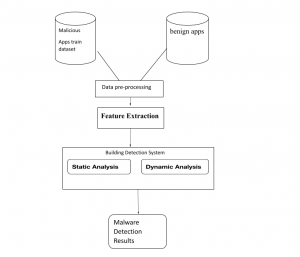
HARDWARE AND SOFTWARE SPECIFICATION
Hardware:
- Windows 7,8,10 64 bit
- RAM 4GB
Software :
- Data Set
- Python
Algorithms
- Naive Bayes
- Random forest
- SVM

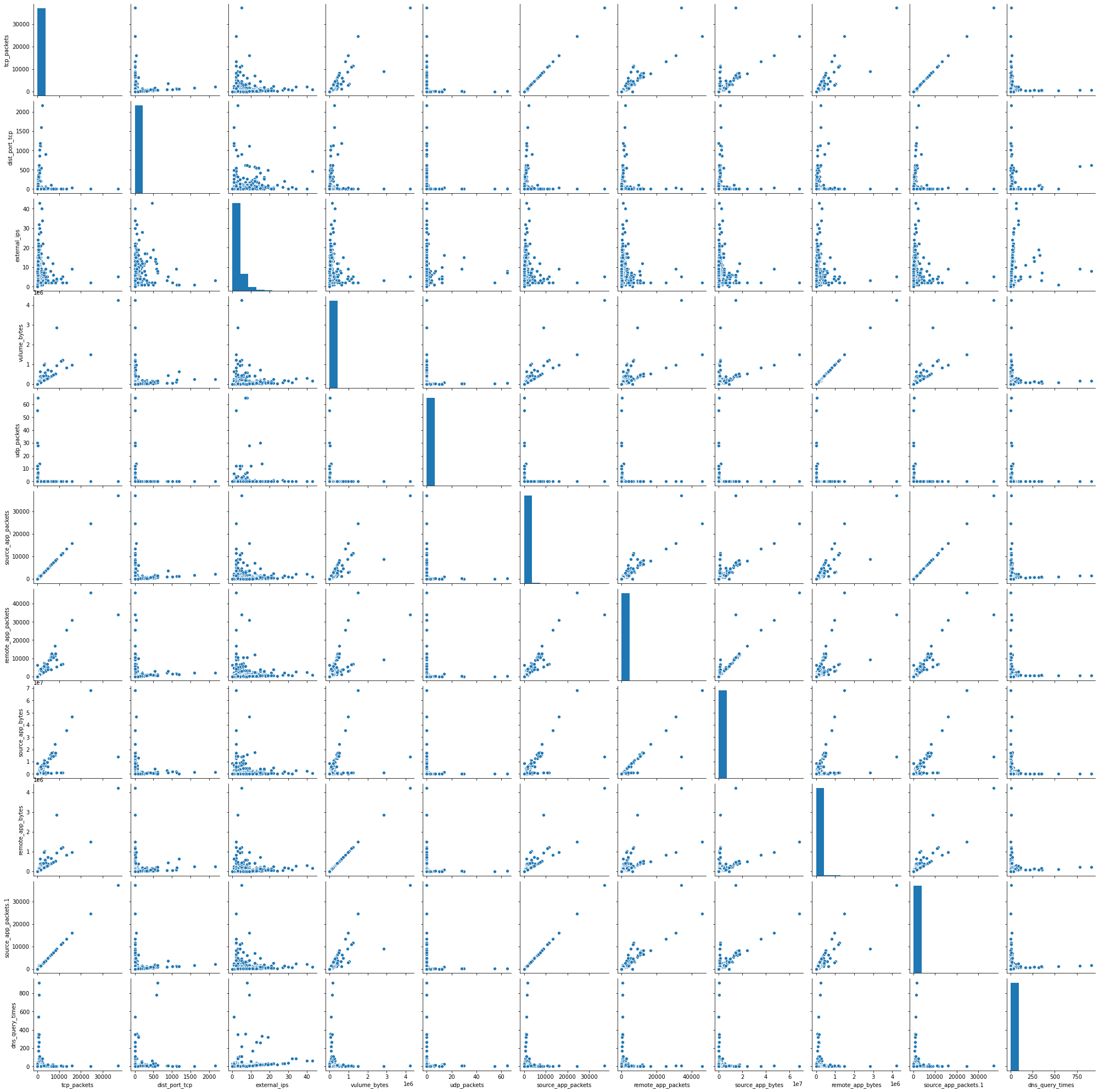

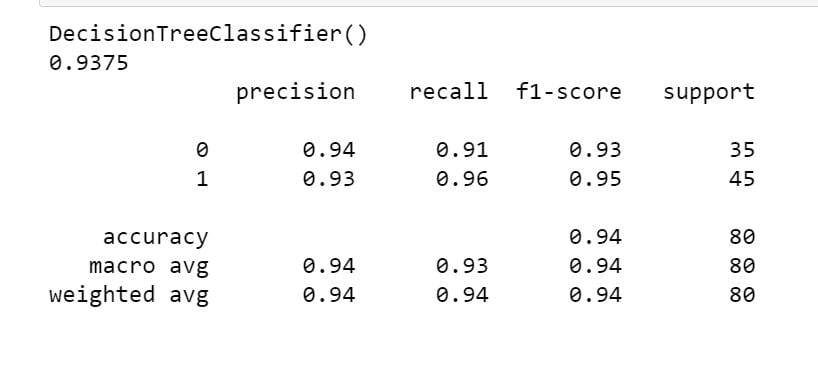
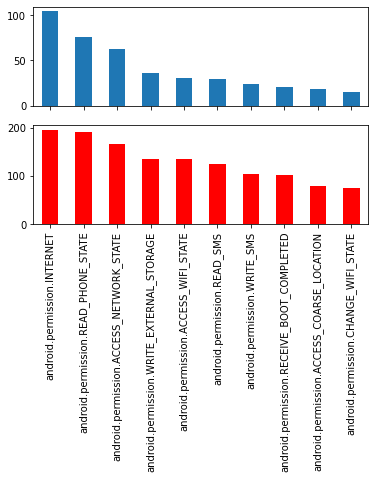

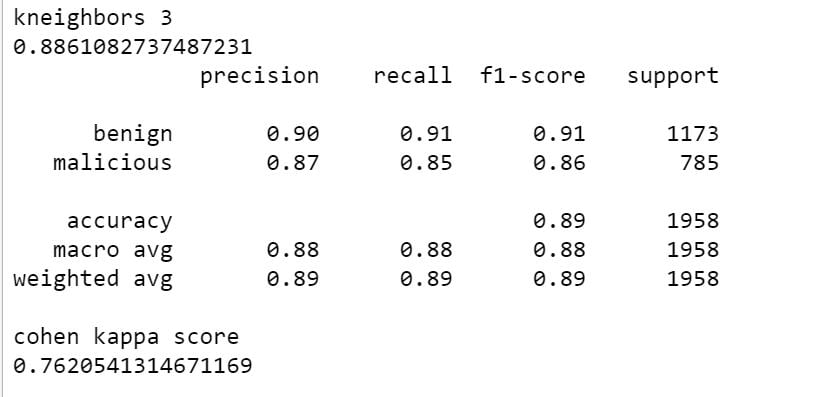
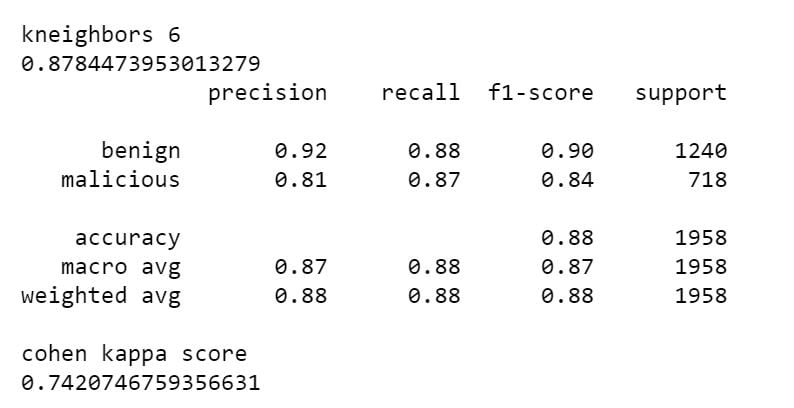
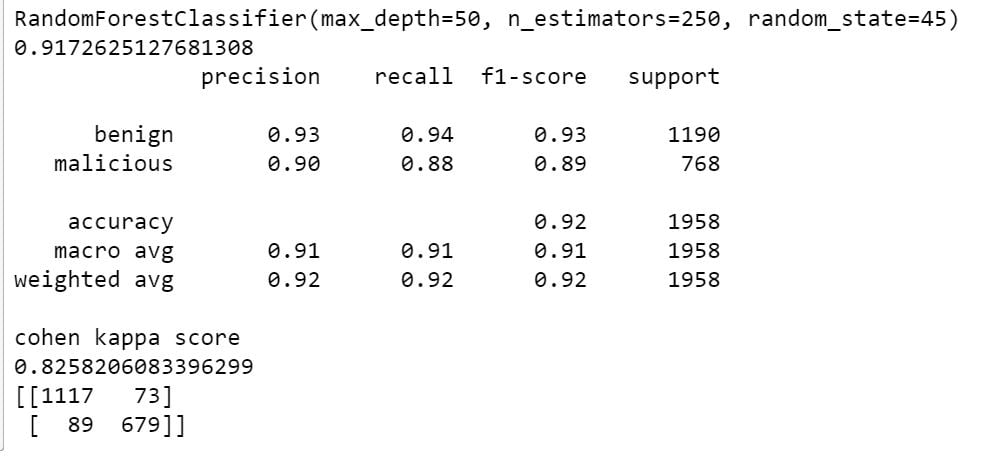

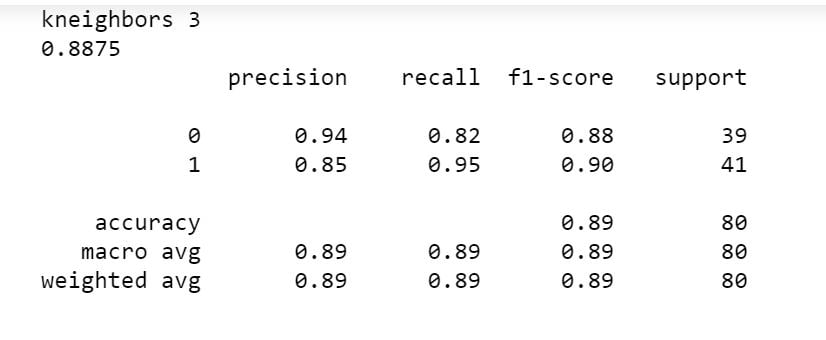



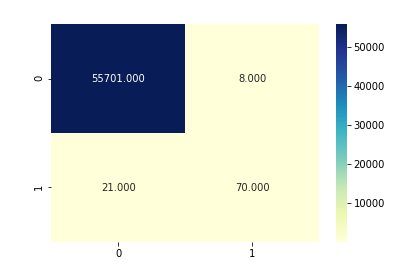





























































































































































































































































































































































































































































































































































































































































































































































































































































































































































































































































Customer Reviews
There are no reviews yet.